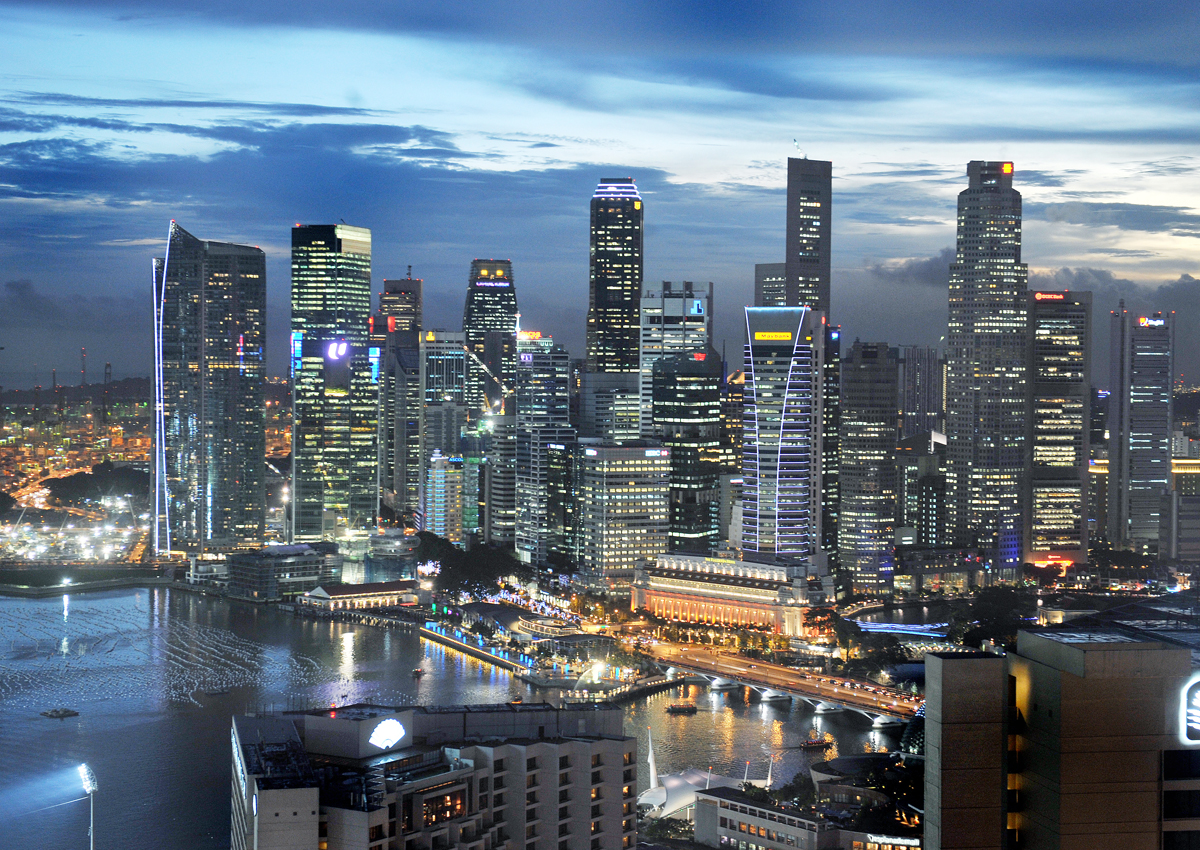Singapore – INSTITUTIONAL and policy support will be crucial in helping smaller firms here take on big boys elsewhere, as Singapore digs deeper into the global economy.
The outcome of this will in turn determine Singapore’s success in reshaping its economy, said observers The Business Times spoke to.
“If you want to be really competitive in this global economy, you have to have services,” said Deborah Elms of the Asian Trade Centre. “So that means you have to push your domestic firms to be competitive in the wider market.”
Mega trade pacts and arrangements are starting to appear on Singapore’s economic horizon.
The Trans-Pacific Partnership (TPP) Agreement was recently signed in early February. It brings together 12 economies, including Singapore, from both sides of the Pacific Ocean, and accounts for about 40 per cent of global GDP. It now awaits ratification from signatories.
Nearer to home, the ASEAN Economic Community (AEC) was established on Dec 31 last year. More of a regional commitment than a trade pact, it aims to create a single market for the free flow of goods and services, capital and labour among the ten ASEAN members.
At the same time, Singapore is hoping to formalise the Regional Comprehensive Economic Partnership (RCEP), which involves 16 economies in the Asia-Pacific region.
These developments come at a time when the Committee on the Future Economy, a high-level body chaired by Finance Minister Heng Swee Keat, is looking at how Singapore can chart the future of its economy.
Internationalisation is one of the main thrusts that the committee will look into, Mr Heng said previously, as Singapore’s trade-reliant economy seeks out new growth areas.
Therefore, the web of trade pacts is important in helping Singapore make the best out of current global economic realities as it repositions its economy, said CIMB Private Bank economist Song Seng Wun.
“On a macro-economic level, we can’t plan as much as we did before in the last century,” he said. “So these trade arrangements give us a landscape that is flexible enough to allow businesses to decide what they want to do.”
As such, Singapore has to take a deep look at what it is good at, as compared to regional neighbours, and reshape its economy to tap on that advantage, said Sanchita Basu Das of the ASEAN Studies Centre at the Iseas-Yusof Ishak Institute.
As she put it, Singapore’s proposition in relation to its neighbours is this: “I have limited capacity, why don’t you offer the market space, and I provide you with the high technology, advance financial markets, and resources for research and development?”
But she noted that not all companies here, especially smaller ones, are able to make sense of all the trade agreements in the works.
To address this, the government may want to bring in specialised consulting expertise in the different industries to help firms wishing to internationalise make the best out of the trade pacts, suggested Ms Basu Das.
Trade associations and chambers of commerce can also help in this respect, she added.
Dr Elms called for more policy support to help smaller firms sharpen their competitive edge. Infrastructure for trade finance and payments, for example, can be improved so that firms can internationalise faster.
She also said more effective feedback channels may be needed so that the government will be in tune with what firms need to tap into market opportunities overseas.
However, the main onus is upon firms to ensure that they themselves are up to speed with the global economy’s demands, said Mr Song.
While businesses and the government can be more proactive in communicating with each other, companies must take charge of their own destiny.
“Firms shouldn’t be spoon-fed,” said Mr Song. “They should be hungry enough so that they can make it on their own on the world stage.”
This story is part of an ongoing BT series on Singapore’s future economy.
soonwl@sph.com.sg

This article was first published on March 7, 2016.
Get The Business Times for more stories.






